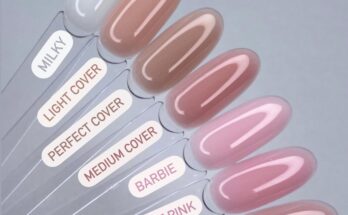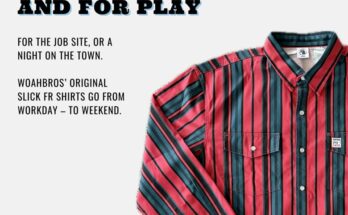Lighting can make or break a photograph, and when it comes to clothing photography, natural light is often a photographer’s best leverage. Why? Because it brings out the true colors, textures, and details of the fabric, making the clothing look its best. In this article, you’ll learn how to harness the power of natural light to elevate your clothing photography and make your images stand out.
Understanding Natural Light
Natural light comes in various forms, each with its unique qualities. Knowing the differences can help you choose the best light for your shoot.
– Golden Hour: This magical time occurs just after sunrise and just before sunset, offering soft, warm light that is perfect for creating a dreamy atmosphere.
– Midday Sun: The bright, direct light can be harsh, but it’s excellent for high-contrast shots if you know how to handle it.
– Overcast Days: Clouds act as a natural diffuser, providing even, soft light that reduces harsh shadows and highlights, making it ideal for showcasing the details in clothing.
The qualities of natural light include softness, direction, and color temperature. Soft light creates gentle shadows and highlights, while the direction of light can shape your subject and add depth. Color temperature, which ranges from warm (golden) to cool (blue), can set the mood and feel of your photo.
Planning Your Shoot
Planning is crucial when shooting with natural light. Here’s what to consider:
– Timing: The best times to shoot are during the golden hours – early morning or late afternoon. The light is soft and warm, perfect for flattering shots.
– Weather Considerations: Different weather conditions affect lighting. For instance, overcast skies provide soft, even light, while a sunny day can give you vibrant, high-contrast photos.
– Location Scouting: Choose locations that naturally enhance your subject. Look for places with interesting textures and backgrounds that complement the clothing.
Setting Up for Success
Setting up the right environment can make a huge difference in your photos:
– Background and Props: Select backgrounds and props that enhance the clothing without distracting from it. Natural settings, like a park or a beach, often work well.
– Using Reflectors and Diffusers: Reflectors can bounce light onto your subject, filling in shadows and adding a pleasing glow. Diffusers soften harsh sunlight, creating a more flattering light.
– Camera Settings: Use a low ISO to reduce noise, a wide aperture (like f/2.8 or f/4) for a shallow depth of field, and adjust your shutter speed to ensure the photo is well-exposed.
Shooting Techniques
When it’s time to shoot, consider these techniques:
– Posing and Composition: Guide your models into poses that highlight the clothing. Use the rule of thirds to compose your shots, and experiment with angles to find the most flattering perspectives.
– Avoiding Shadows: Position your subject so that the light falls evenly across them. Use reflectors to fill in shadows, and avoid shooting in direct, harsh sunlight without a diffuser.
– Capturing Details: Focus on the details and textures of the clothing. Natural light can highlight intricate patterns and fabrics, so get close and capture those elements.
Post-Processing
After the shoot, enhance your photos with careful editing:
– Editing Basics: Adjust exposure, contrast, and brightness to bring out the best in your photos. Keep the edits subtle to maintain a natural look.
– Color Correction: Correct the white balance to ensure the colors are true to life. Use color grading to enhance the mood without overpowering the natural light.
– Final Touches: Add final adjustments like sharpening and noise reduction to polish your images. Ensure they pop but still look natural.
Conclusion
Utilizing natural light in clothing photography can transform your images, making the clothing look vibrant and appealing. Remember to plan your shoots around the best lighting conditions, use the right techniques, and enhance your photos with thoughtful editing. Natural light offers endless possibilities, so don’t be afraid to experiment and find what works best for your style. If you are short on ideas for clothing photography, here are some Ideas for the best outcome.
What are your favorite tips for using natural light in your photography? Share your thoughts with us!




